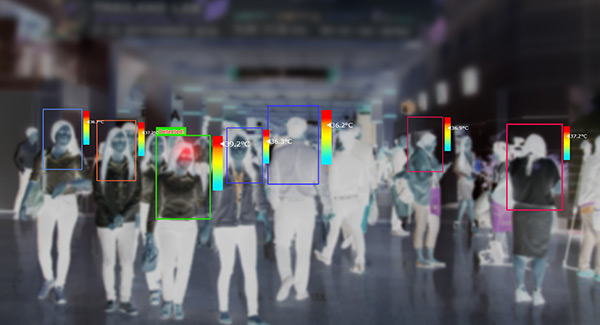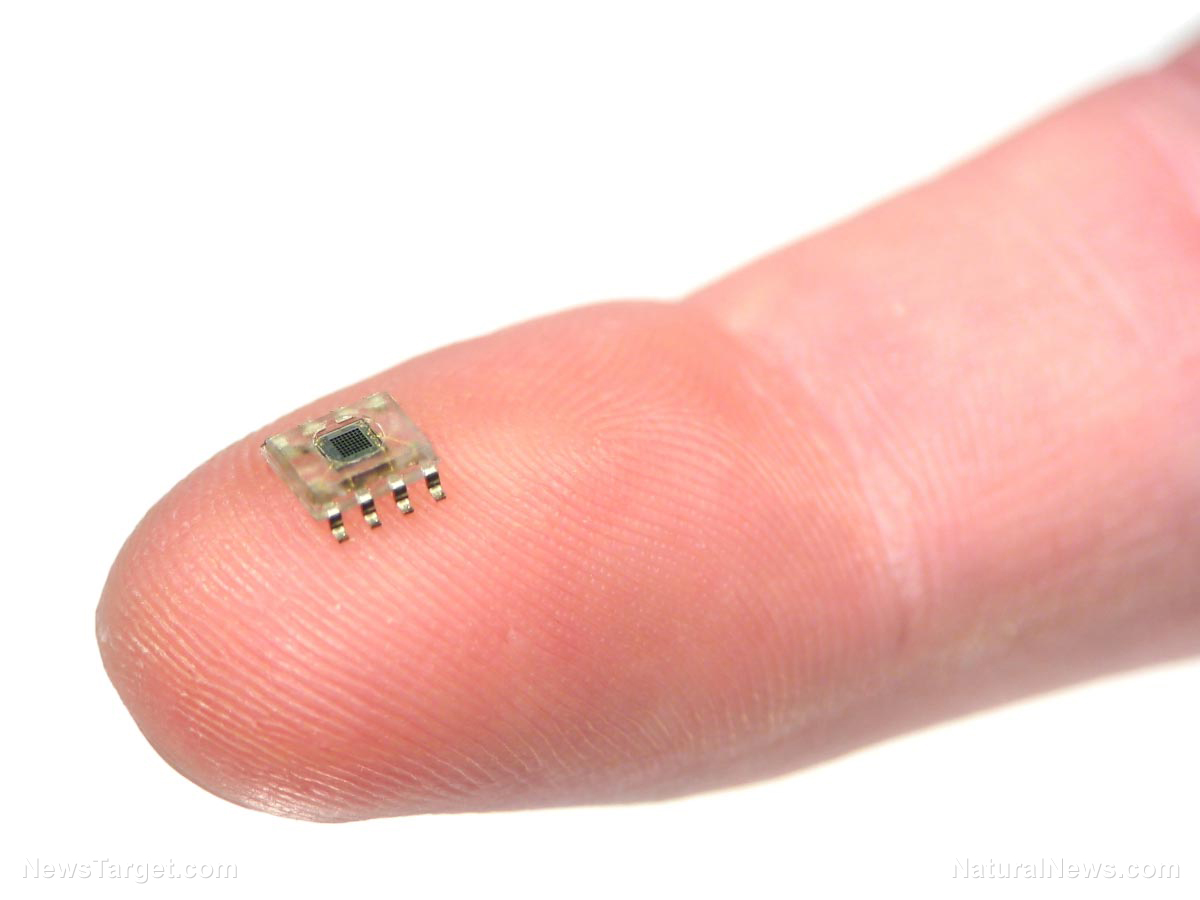Scientists develop brain stimulation techniques using light therapy that offer mental health benefits
08/03/2020 / By Divina Ramirez

Current studies on brain science affirm that light can stimulate brain cells (neurons). This general field and technique is called optogenetics and scientists use it to better understand the neural connections, electrical impulses and chemical signals that occur in the brain.
In 2019, Shuo Chen, a postdoctoral scholar at the University of California in Berkeley received the Science & PINS Prize for Neuromodulation for developing an innovative and minimally invasive approach to optogenetics that has implications for mental health.
Karl Deisseroth, a professor of bioengineering at Stanford University, noted that Chen and his colleagues had been the first to demonstrate that the combination of near-infrared (NIR) light and certain nanoparticles can stimulate neurons deep inside the brain.
Optogenetics: shedding light on the brain
Before scientists began using light to look into the brain, risky and invasive procedures like surgeries made up the short list of mainstream scientific techniques for examining the brain and understanding the pathogenesis of neurological disorders in the hopes of treating them.
Brain pacemakers are a quintessential example of this. Invented in 1987, this medical device had been designed to send electrical impulses into the brain of dementia patients in the hopes of stalling the noticeable and measurable decline in their cognitive abilities.
The device itself is implanted into the brain through a surgical procedure. It remains one of the most common methods of deep brain stimulation.
In 2005, a groundbreaking technique called optogenetics came into light. It combined principles from both genetics and optics in order to better control events and observe reactions inside cells of living tissue. Deisseroth himself had been one of the earliest researchers of optogenetics.
In creating this technique, scientists modified brain cells to respond to certain kinds of light and then transferred genetic codes from microbes into the neurons of mice. In effect, this modification causes neurons to create opsin, a protein that turns on and off, so to speak, in response to light.
Scientists then expose the opsin-producing neurons to different kinds of light in order to analyze the reaction of the neurons and determine possible patterns that might be useful in creating treatments for neurological disorders.
Using this safer and more efficient technique, scientists are able to study the brain more closely in order to understand its extremely intricate system comprised of billions of interconnected neurons, biochemical messengers and electrical signals.
A groundbreaking approach to optogenetics
Based on Chen’s article published in the journal Science, Chen and his team adopted an earlier, patented method from Deisseroth and Polina Anikeeva, an associate professor in materials science and engineering at the Massachusetts Institute of Technology (MIT).
Their method involved using NIR light, a kind of light that can penetrate deep into brain tissue. But unlike visible-spectrum light, opsin-producing neurons fail to detect NIR light and therefore do not respond to it.
Deisseroth and Anikeeva’s solution to this dilemma had been to coat the opsin-producing neurons in nanoparticles that transform the NIR light into the recognizable visible-spectrum light.
For their experiment, Chen and his team injected the combination of NIR light and nanoparticles into an area of the mouse brain thought to be responsible for depression in order to stimulate the production of dopamine, a neurotransmitter involved in pleasure. (Related: Neuroscientists look at brain stimulation as an alternative treatment for depression.)
All in all, their research demonstrates and puts forth a minimally invasive method of modulating deep brain activities in the hopes of treating psychiatric disorders like depression and, possibly, neurological disorders, too.
According to Chen, this technique can also be utilized and further explored in future studies and experiments to create better noninvasive brain stimulation technologies.
Deisseroth notes that Chen’s research still requires further improvements. That being said, Chen’s research is a step in the right direction for the field of neuroscience, he added.
Read the latest articles on optogenetics and neuroscience research at Brain.news.
Sources include:
Tagged Under: alternative medicine, beatdepression, brain health, breakthrough, disease treatments, future science, innovations, light therapy, mental health, natural cures, nervous system, optogenetics, research, therapies
RECENT NEWS & ARTICLES
COPYRIGHT © 2017 FUTURE SCIENCE NEWS




















